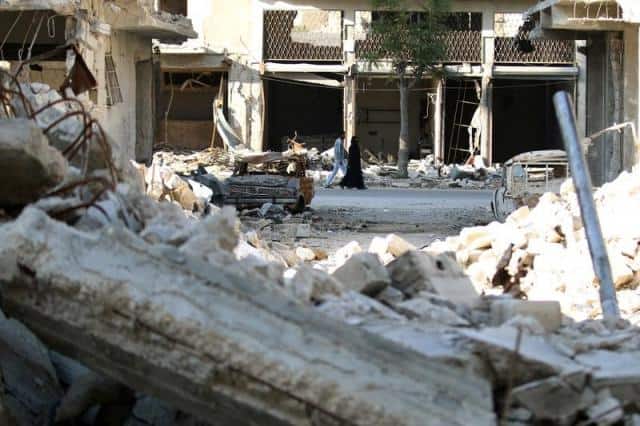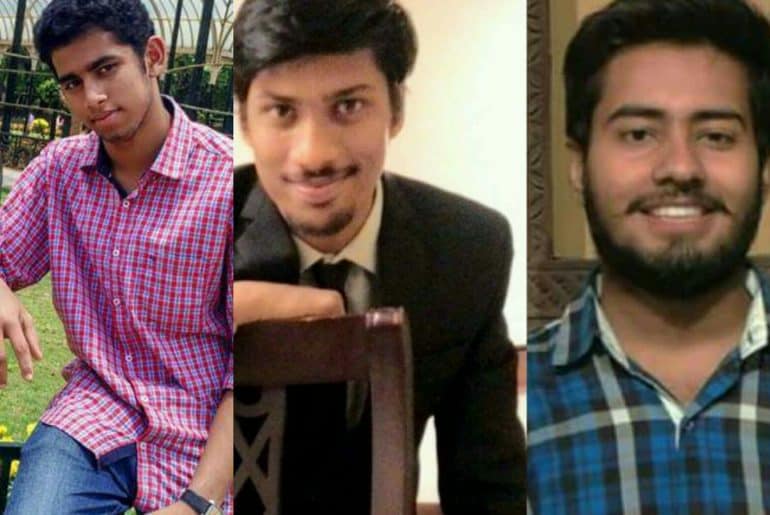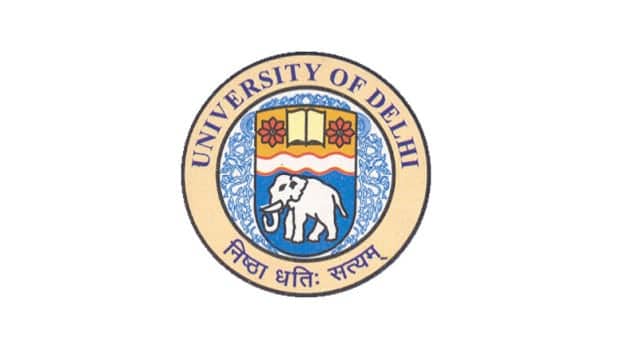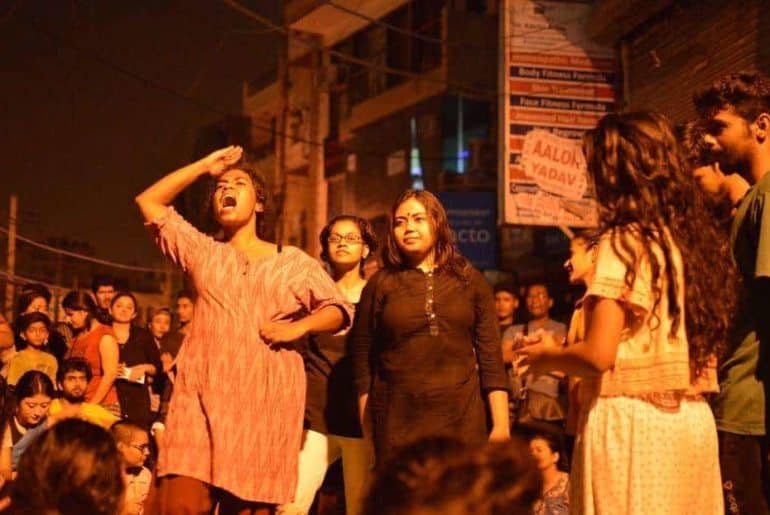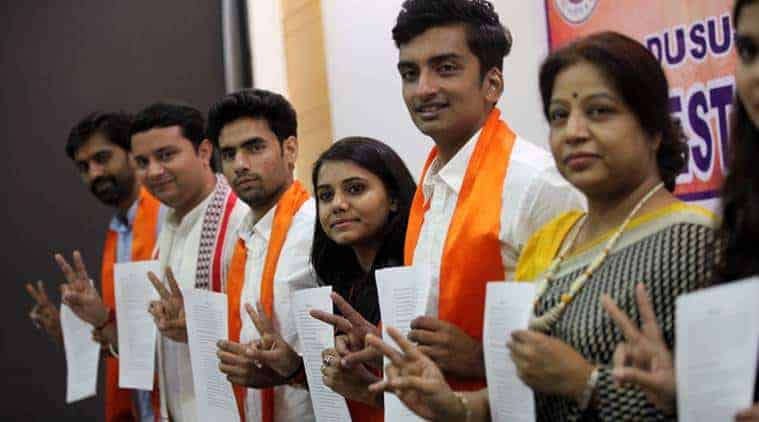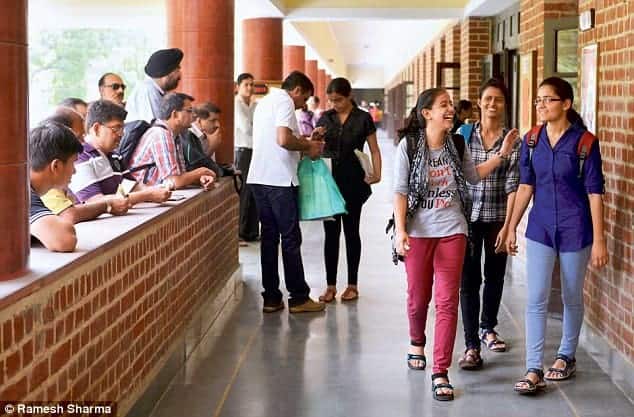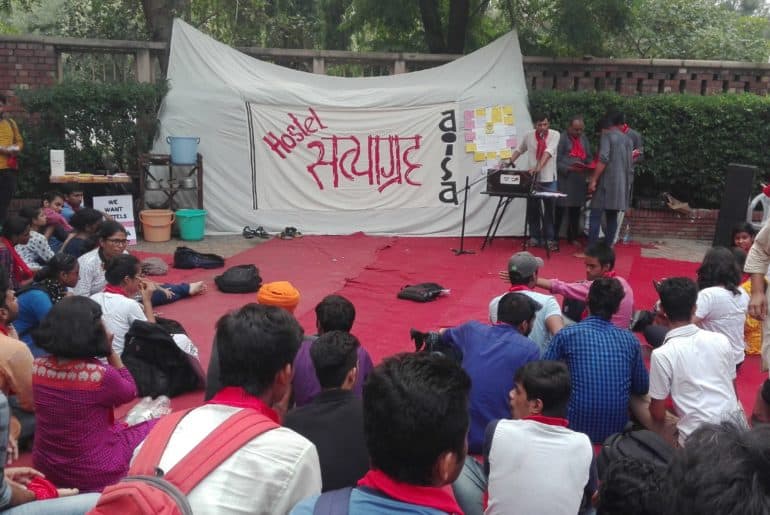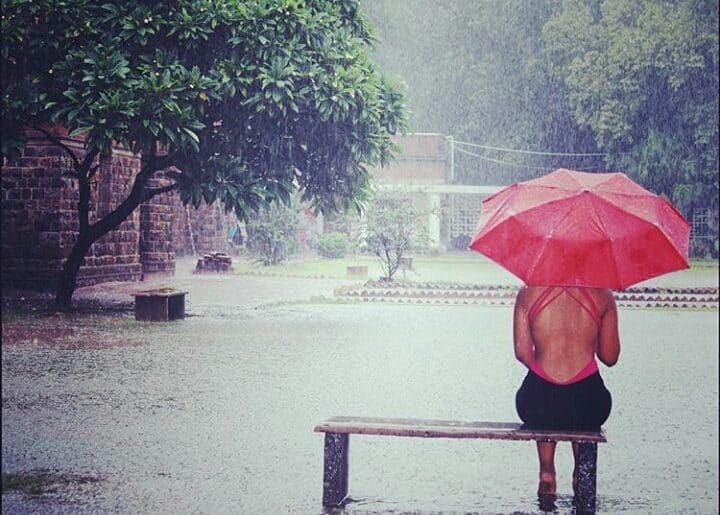When and Why: Syrian War history
The conflict began due to multiple factors, the major one being the unrest of the 2011 Arab Spring and the successful mobilization against the government in Tunisia and Egypt that spilled over in Syria due to the already present discontent with the Assad families long reign. Other factors included Assad’s special priority towards the Alwaite minority in a Sunni majority country, the socio economic situation of Syria and extreme drought condition of Syria during 2011.
The Syrian people organized peaceful protests against the regime in March 2011 which later turned into a armed conflict after President Bashar Al Assad’s government violently repressed protests calling for his removal. In the same year, the Free Syrian Army (FSA) was formed, headed by Riad Al Assad, a former Syrian army colonel. The year saw the formation of other rebel groups against the government.
After the failed peace talks in 2012, the Syrian government allegedly used chemical weapons on 21st August 2012 in a Damasus suburb killing up to 1400 civilians. Russia while did not enter the war till 2015, manoeuvred Syria to dismantle its existing chemical facilities.
In 2013-4, ISIS entered eastern Syria and transformed Raqqaa into its de facto capital after entering the rebellion against President Bashar al-Assad in Syria in 2011.
Who: Foreign countries
According to the map by Thomas van Linge, the combatants can be grouped into 4 broad categories – Rebels (from ‘moderate’ to Islamists), Loyalists (regime forces and their supporters), Kurdish groups (control autonomy of the north-eastern Syria after fighting with ISIS, they as of now do not wish to overthrow the Assad regime), and finally the foreign power which are either fighting or claiming to fight ISIS at the moment.
The foreign powers include the as of now pro Assad regime of Russia, Iran and Hezbollah and the opposition that is the US led coalition along with Turkey, Arab states like Qatar and Saudi Arabia who maintain their statement about the removal of Assad from power. Russia has according to Reuters, achieved its goal of stabilizing the Assad government, also providing it with new armoured vehicles, surveillance equipments and various weapons including guided bombs for planes. It has allegedly led air strikes against not just ISIL, but also the rebel groups. The US on the other hand in July 2012, granted a non government organization called the Syrian Support Group a license to fund the Free Syrian Army and also provided arms and training to certain ‘vetted’ rebel groups. The foreign countries have while maintained their claim of fighting the ISIS, but have also been taking action to either support or remove the Assad regime
Which: Right side
There are no ‘right’ side or country in the war as according to the UN report, both the sides have led to casualties and death of civilians.
What: Current situation
November 28: After months of intense air strikes, the Syrian army and its allies announced the capture of a large part of eastern Aleppo from the rebels. The Kurdish YPG militia later moved into at least two of the areas left by the rebel forces after an arrangement according to Reuters.
December 13: Regional director of UNICEF, Geert Cappelaere reported that around 100 unaccompanied children were trapped in a building under heavy attack in East Aleppo.
December 15: Russia and United States suspended talks on ways to resolve crisis in Syria’s largest city of Aleppo.
December 20: The allies and non allies of the government reported varying evacuation reports but according to the Syrian Observatory for Human Rights, no new evacuation were made on Saturday. As of Tuesday, 25,000 people have been evacuated from Aleppo including 15,000 on Monday and 10,000 last Thursday.
The current situation of the Aleppo citizens is extremely bad with thousands left in cold, injured and the war is far from over.
Feature Image Credits: Reuters
Adarsh Yadav
[email protected]

